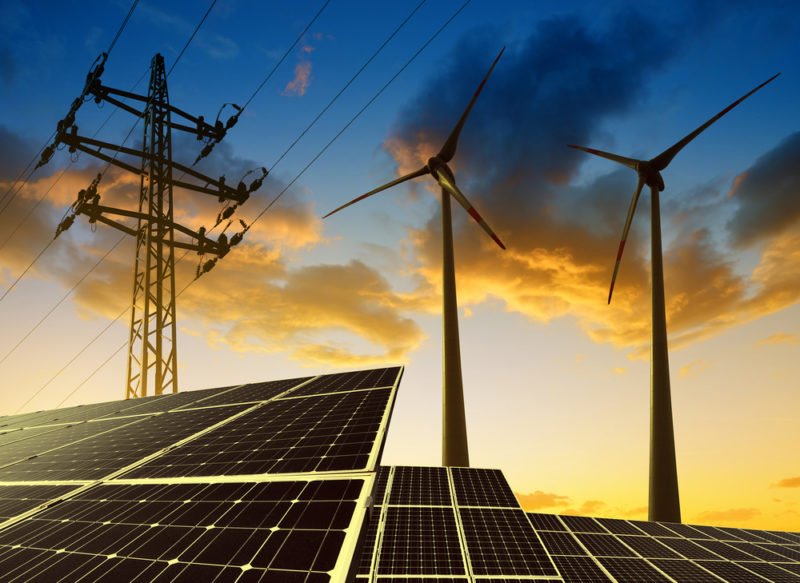US renewable electricity generation nearly doubles in 10 years

From 2008 to 2018, renewable electricity generation in the United States nearly doubled to 742 million megawatt hours (MWh), according to a report released by the U.S. Energy Information Administration (EIA).
That industry now provides 17.6 percent of the total electricity generation in the United States, much of it (90 percent) from solar and wind generation. Wind saw especially large leaps over the period, rising from 55 million MWh in 2008 to 275 million MWh by 2018, but solar also rose 94 million MWh, to reach 96 million MWh total by 2018. Only hydroelectric remains at a higher generation, accounting for 292 MWh.
A variety of changes account for this rapid growth. Capacity additions have been the main force behind wind and solar, though changes in federal and state policies, coupled with declining costs have helped the technologies spread. More and more people are investing in renewable projects, while more traditional, nonrenewable resources like coal have largely fallen out of favor. Numerous states have also begun adopting renewable portfolio standards, requiring higher shares of electricity to come from renewable sources as the years go by.
Notably, despite its current sizeable market share, hydroelectric has changed little over the decade, though. Its use increased only 2 percent over that period, reflecting changes in precipitation and drought conditions.
